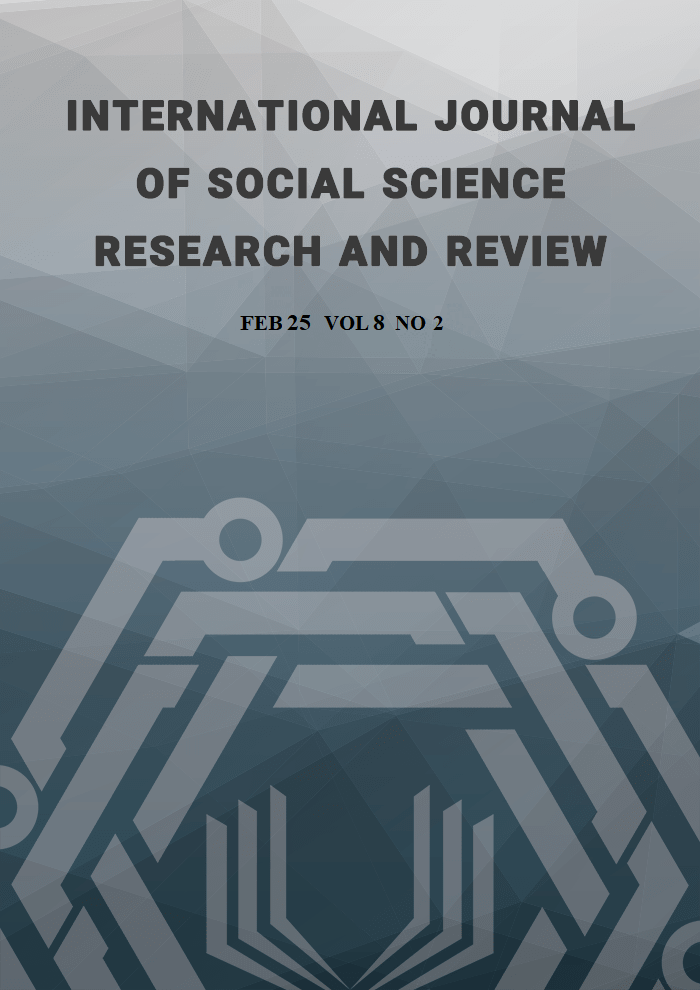Dalits, Reform, and the Brahmin Social World in Viswanatha Satyanarayana’s Nīla Peṇḍli
Abstract
The nineteenth and twentieth centuries witnessed the rise of social reform as a transformative force in Indian society, challenging entrenched caste hierarchies and reconfiguring social relationships. Viswanatha Satyanarayana’s novels, deeply engaged with the issues of social reform and the politics of modernity and tradition, have however remained largely overlooked in social science research. Through a critical reading of Viswanatha’s Nīla Peṇḍli from a social science perspective, this article makes a start in engaging with his political thought. Nīla Peṇḍli portrays the relentless advance of social reform and interrogates the eagerness with which society is embracing it without considering its consequences. By examining conservative responses to social reform and Dalit assertion, this article throws light on the anxieties of the Brahmin conservatives in the face of these changes, and the discursive strategies they adopt to negotiate and be relevant in a changing world.
References
Baker, C. J. (1976). Politics of South India, 1920-1937. Cambridge University Press.
Chatterjee, Partha. (1998). Nation and Its Fragments. South Asia Books.
Cohen, B. S. (1996). Colonialism and its Forms of Knowledge: The British in India. Princeton University Press.
Frese, H. (2012). The Attack of the Present on the Remainder of Time: Some Remarks on Historiography from Nineteenth-Century India. Journal of South Asian Studies, 35, 239–256. https://doi.org/10.1080/00856401.2012.667361
Irschick, E. F. (1994). Dialogue and history: Constructing South India, 1795-1895. University of California Press.
Mathilde. (2021, March 25). The role of women in the preservation of intangible cultural heritage. Institut Du Genre En Géopolitique. https://igg-geo.org/en/2021/03/25/the-role-of-women-in-the-preservation-of-intangible-cultural-heritage/
Mitchell, L. (2009). Language, emotion, and politics in south India: The making of a mother tongue. Indiana University Press.
Nandy, A. (1988). The intimate enemy: Loss and recovery of self under colonialism. Oxford University Press.
Narayana Rao, V., Shulman, D. D., & Subrahmanyam, S. (2003). Textures of time: Writing history in South India 1600-1800. Other Press.
Ramaswamy, U. (1978). The Belief System of the Non-Brahmin Movement in India: The Andhra Case. Asian Survey, 18. https://doi.org/10.2307/2643221
Rao, V. N. (1982). Afterword: A Structural View of ‘VĪRAVALLAḌU’. Journal of South Asian Literature, 17, 225–235. https://www.jstor.org/stable/40872492
Rao, V. N. (1975). The Political Novel in Telugu. Contributions to Asian Studies, 6, 94–105. https://doi.org/10.1163/9789004643741_009
Raychaudhuri, T. (2006). Europe Reconsidered: Perceptions of the West in Nineteenth-Century Bengal. Oxford University Press.
Said, E. W. (1994). Orientalism (25th Anniversary Edition). Vintage Books.
Sarkar, T. (2001). Hindu wife, Hindu nation: Community, religion, and cultural nationalism. Permanent Black.
Sastry, K. R. ed. (1977). Viswanatha Vajmaya Jeevitha Visesha Sanchika. Vimarsini.
Satyanarayana, V. (2013a). Jebudongalu. Sri Viswanatha Publications.
Satyanarayana, V. (2013b). Nīla Peṇḍli. Sri Viswanatha Publications.
Satyanarayana, V. (2013c). Vīravallaḍu. Sri Viswanatha Publications.
Satyanarayana, V. (2013d). Vēyi Paḍagalu (25th ed.). Sri Viswanatha Publications.
Satyanarayana, V. (2018). Ha Ha Hu Hu: A Horse-headed God in Trafalgar Square. Penguin Modern Classic.
Viswanath, R. (2014). The Pariah Problem Caste Religion and the Social in Modern India. Columbia University Press.
Watt, C., & Mann, M. (Eds.). (2011). Civilizing Missions in Colonial and Postcolonial South Asia: From Improvement to Development. Anthem Press.
Copyright (c) 2025 Nitin Kodakandla

This work is licensed under a Creative Commons Attribution-NonCommercial-NoDerivatives 4.0 International License.
Copyright for this article is retained by the author(s), with first publication rights granted to the journal. This is an open-access article distributed under the terms and conditions of the Creative Commons Attribution license (https://creativecommons.org/licenses/by-nc-nd/4.0/).





